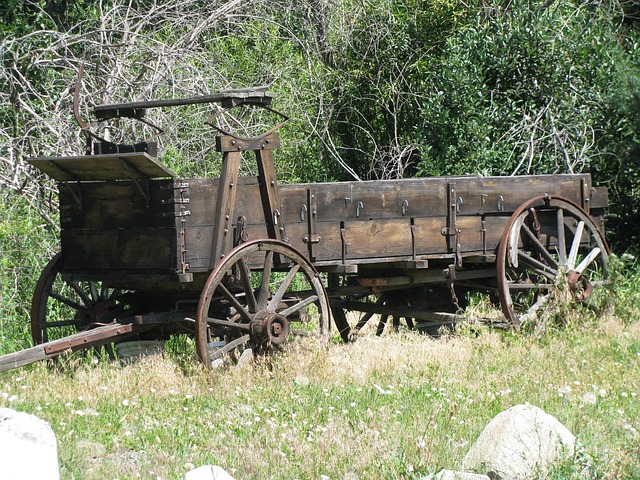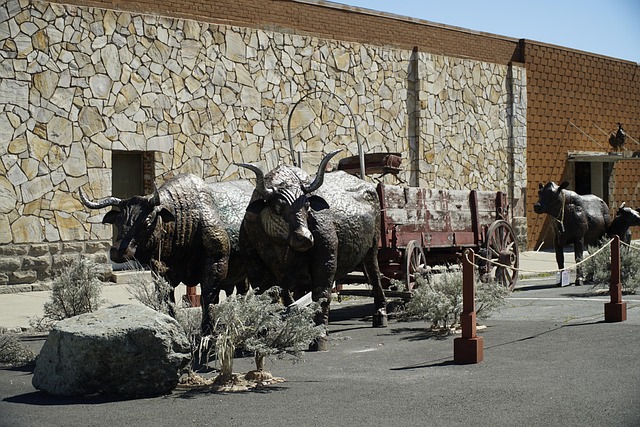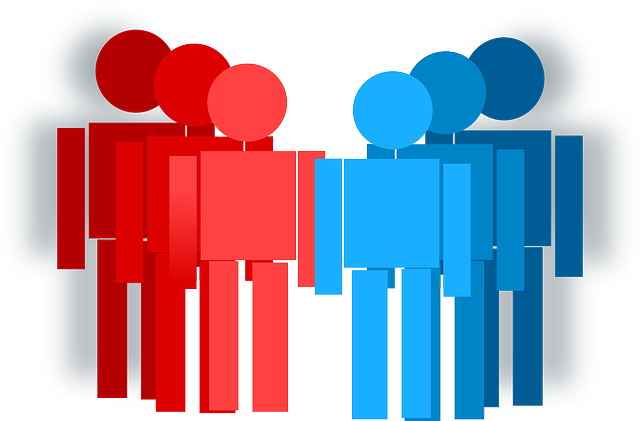In Oregon, effective attorney collaboration is crucial for safeguarding at-risk children through the state's Child Protective Services (CPS) system. Legal professionals specializing in child welfare law work closely with agencies like the Department of Human Services to protect minors' rights and navigate complex cases. This partnership enhances communication, resource sharing, and case management coordination, ensuring timely interventions and positive outcomes for vulnerable youth. Through open dialogue, shared expertise, and a focus on the best interests of the child, Oregon's attorney collaboration transforms legal representation, streamlining procedures and improving the quality of life for all involved.
In Oregon, child welfare attorneys play a pivotal role in ensuring the well-being of vulnerable children. This article delves into the intricate collaboration between legal professionals and child welfare agencies, highlighting its benefits and challenges. We explore how this partnership strengthens Oregon’s child protective services, with a focus on successful case studies. Understanding the dynamics of their collaboration is crucial for optimizing outcomes for at-risk youth, making it a key topic for legal and social work communities alike.
- Understanding Oregon's Child Welfare System: An Overview
- The Role of Attorneys in Oregon's Child Protective Services
- Collaboration Between Legal Professionals and Child Welfare Agencies
- Benefits of Attorney-Agency Partnership in Oregon
- Challenges and Considerations for Effective Collaboration
- Case Studies: Successful Attorney Collaboration in Oregon Child Welfare
Understanding Oregon's Child Welfare System: An Overview

Oregon’s child welfare system is a complex network designed to ensure the safety, well-being, and stability of vulnerable children within the state. It involves various agencies, professionals, and support services working together to achieve positive outcomes for at-risk youth. At the core of this system are efforts to prevent abuse, neglect, and family dysfunction, while also providing interventions and resources to help families regain stability.
The collaboration between attorneys and Oregon’s child welfare system plays a pivotal role in navigating these intricate legal and social services dynamics. Attorneys, particularly those specializing in child welfare law, offer crucial guidance, advocacy, and representation for children, parents, and foster families involved in dependency cases. This collaboration ensures that everyone’s rights are protected while working towards the best interests of the child, fostering a more efficient and effective child welfare system in Oregon.
The Role of Attorneys in Oregon's Child Protective Services

In Oregon, child welfare attorneys play a pivotal role in ensuring the safety and well-being of vulnerable children within the state’s Child Protective Services (CPS) system. Their expertise is crucial for navigating complex legal matters, advocating for the rights of minors, and collaborating with various agencies to achieve positive outcomes. These attorneys are often the backbone of successful cases involving neglect, abuse, and dependency, working closely with social workers, law enforcement, and other professionals to protect at-risk youth.
Attorney collaboration in Oregon’s CPS is characterized by a team approach, where legal counsel partners with case managers and other stakeholders to develop comprehensive strategies. This cooperative environment facilitates better decision-making, ensures legal compliance, and promotes the best interests of the child. By fostering open communication and knowledge sharing among professionals, attorney collaboration enhances the overall effectiveness of child welfare services in Oregon.
Collaboration Between Legal Professionals and Child Welfare Agencies

In Oregon, effective collaboration between legal professionals and child welfare agencies is crucial for ensuring the best interests of children involved in custody or protection cases. Attorney collaboration in Oregon involves a coordinated effort to streamline legal processes, enhance communication, and provide comprehensive support for vulnerable youth. This partnership goes beyond traditional attorney-client relationships, emphasizing teamwork and shared goals.
Legal professionals who specialize in child welfare law work closely with agencies like the Department of Human Services to ensure timely interventions, minimize disruptions in children’s lives, and promote successful outcomes. By sharing resources, expertise, and insights, these collaborations enable more efficient case management, better decision-making, and improved access to justice for all parties involved.
Benefits of Attorney-Agency Partnership in Oregon

In Oregon, the collaboration between child welfare attorneys and agencies has brought about significant improvements in the legal representation of vulnerable children. This partnership offers numerous advantages, fostering a more effective and efficient system for ensuring the best interests of minors are protected. By working together, attorneys can navigate complex legal processes while agency professionals provide invaluable insights into the unique needs of each child, leading to better outcomes.
The benefits extend to improved communication, resource sharing, and a coordinated approach to case management. This collaboration streamlines procedures, reduces potential errors, and allows for a more comprehensive understanding of the challenges faced by children in care. As a result, Oregon’s child welfare system is better equipped to respond to the diverse needs of its young residents, ultimately enhancing the quality of life for those involved.
Challenges and Considerations for Effective Collaboration

Effective collaboration among Oregon child welfare attorneys is essential for achieving positive outcomes in complex cases. However, several challenges and considerations must be addressed to ensure successful partnerships. One significant hurdle is maintaining open communication channels, as different legal perspectives and strategies can lead to misunderstandings if not properly conveyed. Attorneys involved in these collaborations should adopt a culture of transparent dialogue, regularly sharing case updates, insights, and concerns.
Another critical aspect is aligning legal objectives with the best interests of the child. Given the multifaceted nature of child welfare cases, attorneys must work cohesively to advocate for their clients while considering the broader goals of the department. This requires a nuanced understanding of each other’s roles, flexible strategies, and a commitment to collaborative problem-solving techniques, ultimately fostering an environment that prioritizes both legal integrity and the well-being of vulnerable children.
Case Studies: Successful Attorney Collaboration in Oregon Child Welfare

In Oregon, successful collaborations among child welfare attorneys have led to notable achievements in legal cases involving vulnerable children and families. These collaborations demonstrate how a unified legal approach can enhance outcomes for all involved. One such case study highlights a joint effort between two local law firms, where they pooled resources and expertise to represent a child who had been removed from their biological parents’ care due to neglect and abuse. By working together, the attorneys were able to navigate complex legal procedures efficiently, ensuring timely communication and strategic decision-making.
The collaboration resulted in a favorable outcome, with the court awarding permanent custody of the child to a loving foster family while also providing extensive services and support for the biological parents to aid in their journey towards reconciliation. This success story underscores the power of attorney collaboration Oregon, where shared knowledge and skills translate into better advocacy for children’s rights and well-being.






